Buying jewelry from the public comes with its share of both risks and rewards. Estate expert Russell Fogarty shares what some of them are.
What is the best way to approach a customer who’s bringing in jewelry?
We buy designer, vintage and estate jewelry from private clients almost every day. Our approach is to be friendly, professional, honest and low-pressure. I try to educate the clients by describing what I see as I carefully examine their pieces, including signatures, hallmarks, metal marks, workmanship, gemstone quality and general quality. I also determine the age or period of the piece.
I ask a lot of questions before making an offer, such as, “Was this purchased, a gift, or inherited?” I might also ask if they have a prior appraisal — not so much for the value, but for descriptive purposes and to gain insight into their expectations.
I never ask, “How much do you want?” I think it is a difficult question for a private client to answer correctly.
Our offers to buy never have a specific deadline. We always tell clients to take their time to decide and even to shop around and compare offers if they’d like.
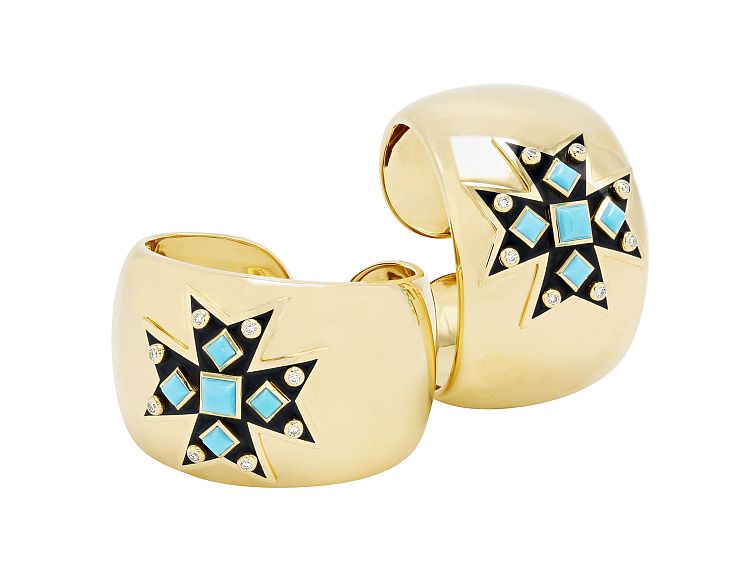
What type of authentication should there be?
Having an eye for authenticity is something you develop after a number of years in the business. It includes considering all the criteria mentioned above. A Gemological Institute of America (GIA) report is important for gemstones — virtually every diamond we sell has one, and we often recommend that we obtain one on the client’s behalf. Then both sides of the transaction know the specifics about the gemstone and can arrive
at a fair price.
I’ve been buying for 40 years, and I still can come across things that require further investigation. When that happens, I take a photograph, research the piece and get back to the client promptly with an offer, or information.
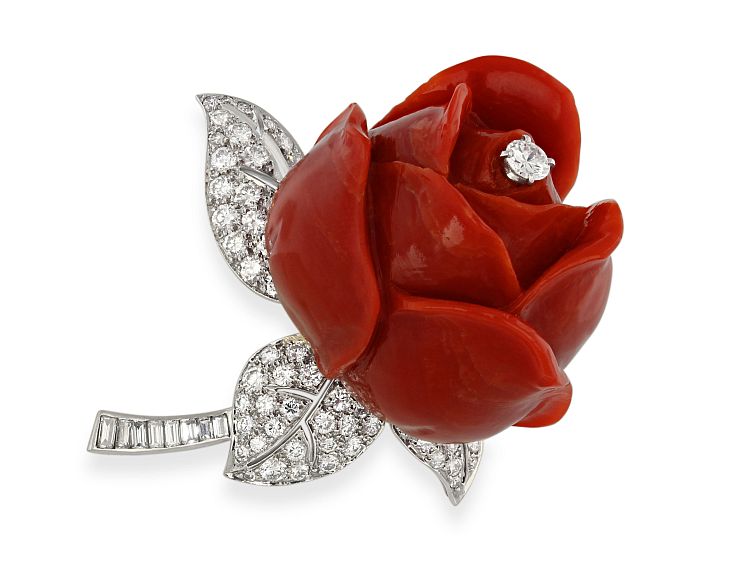
What are some of the pitfalls?
You have to be very careful about signatures; there are a lot of very good forgeries in the market. We get requests all the time from local or independent jewelry stores as to whether a signature or workmanship looks right, and we are happy to give an opinion. When in doubt, go slow. If I have any concern about the legitimacy of a signature, I don’t buy. If it’s a vintage signed piece, and you aren’t trained as to what the markings should look like, consult with an experienced dealer.
Inaccurate appraisals or high expectations can be even trickier to deal with. People who were told at the time they bought an item that it would be a good investment may expect to sell for much more than they paid. In fact, prestige brands such as Cartier, Van Cleef & Arpels, and Tiffany & Co. typically have a resale value of 30% to 50% of current retail prices. Unsigned pieces usually resell in the range of 25% to 35% of original purchase price. Contemporary designer jewelry is often worth less than 25% of the original cost. If you’re polite and professional in explaining why something is worth what it’s worth, clients usually understand.
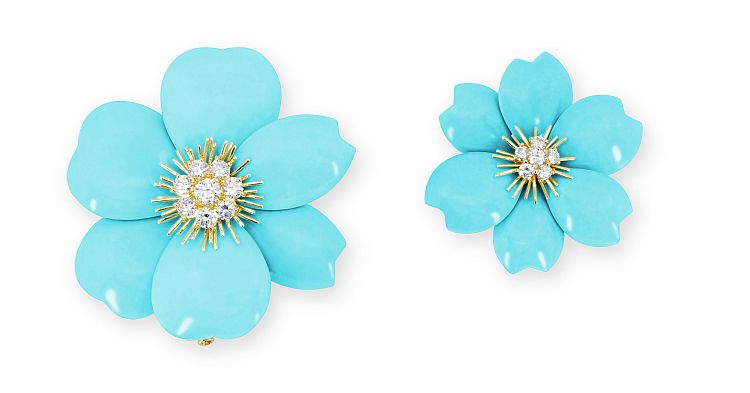
What are some of the pluses?
Even after all these years, I am still excited to discuss with a private client what is being offered. Sometimes it’s great, often it’s ordinary, but it is always interesting. Everything in precious material has a value; with a little effort, you can find outlets for whatever you purchase. Or keep the piece for inventory.
Buying from the public increases your client base and can often help sell new jewelry. Clients sometimes sell old jewelry to have credit toward new. Buying estate jewelry is good business.
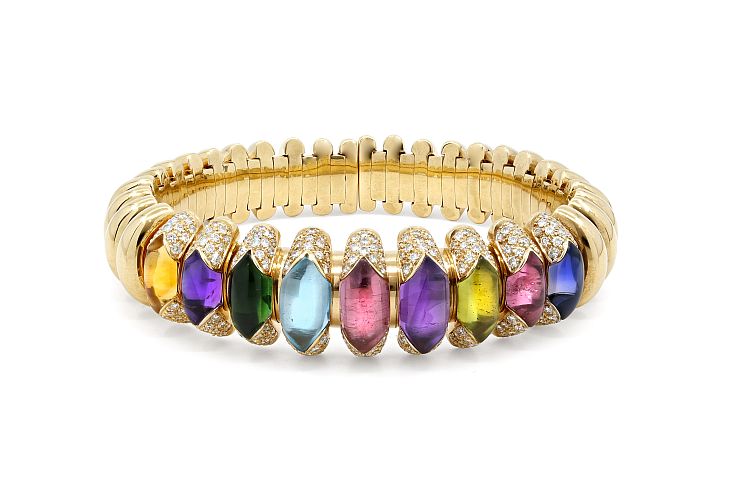
WHO IS RUSSELL FOGARTY?
Russell Fogarty is a partner in Beverly Hills, California–based estate jewelry firm Kazanjian & Fogarty, established in 1990. He is also the founder of Beladora, one of the original online sources for vintage and designer jewels. Formerly head of jewelry for Christie’s, he has been an expert in the estate jewelry field for more than 40 years.


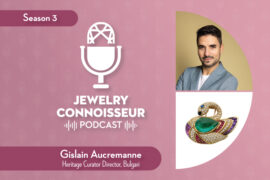
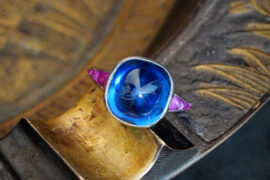
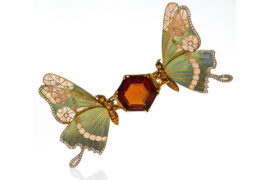
Comments are closed.